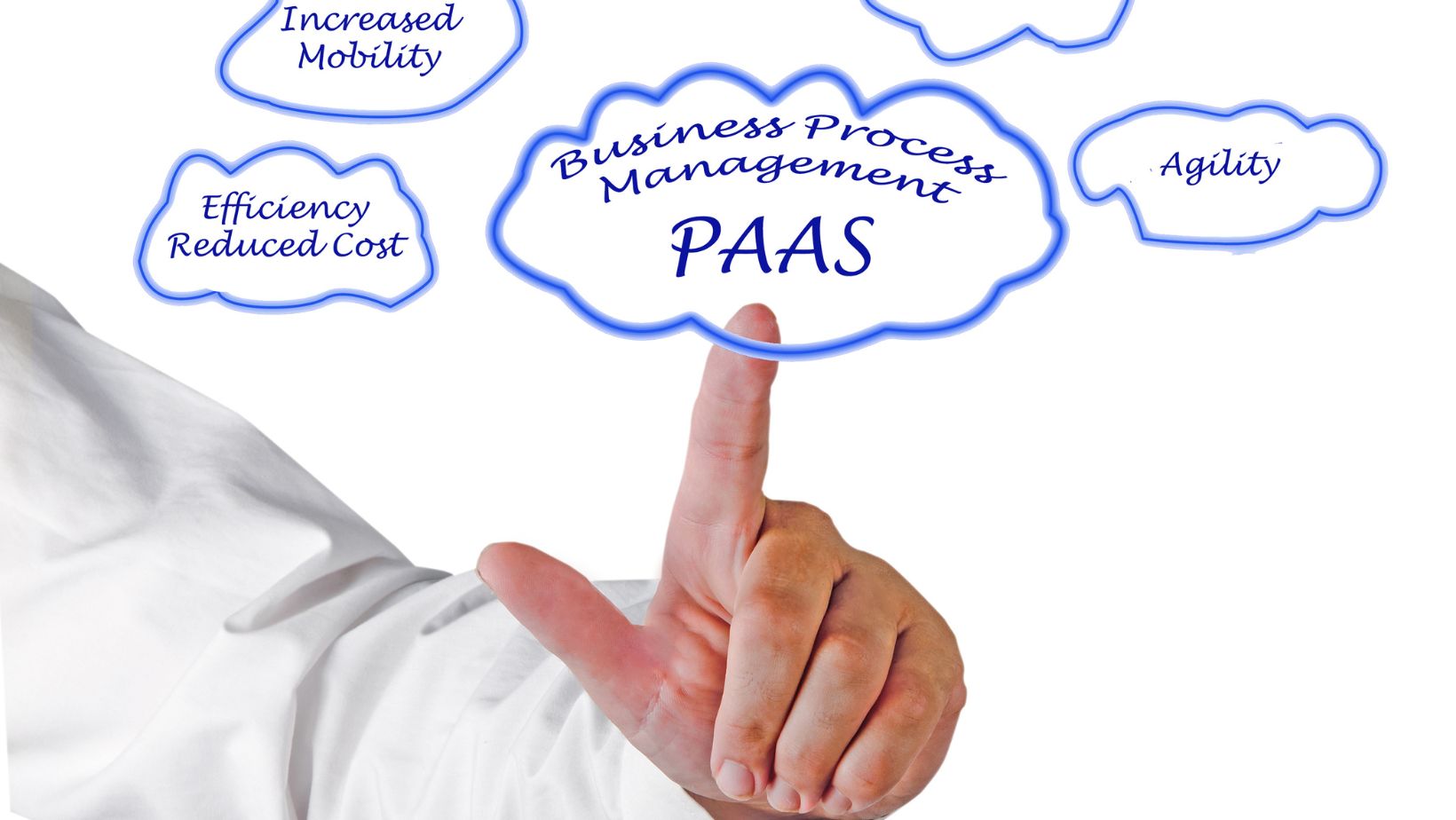 Platform as a Service (PaaS) is revolutionizing how businesses deploy and manage applications.
Platform as a Service (PaaS) is revolutionizing how businesses deploy and manage applications.
As a bridge between hardware and software, PaaS offers a framework for developers, enabling them to create, run, and manage applications without the complexity of infrastructure management. 2024 has witnessed a rapid surge in PaaS tools, each promising unique features and efficiencies. This blog aims to navigate the bustling market of PaaS platforms, offering invaluable tips for selection of different PaaS tools that aligns perfectly with your business needs.
Table of Contents
ToggleUnderstand Your Business Needs
Recognizing your specific business needs is the cornerstone of selecting the right PaaS platform. Begin with a crystal-clear scope and objectives for your project. Evaluate your requirements in terms of scalability, ensuring the platform can grow with your business. Security is non-negotiable; opt for a platform offering robust protection measures. Compliance, too, is paramount. Align your choice with industry standards and regulations, ensuring your platform of choice stands up to the stringent requirements of your business sector.
Budget Considerations
Budgeting is a crucial phase in choosing a PaaS platform. Understand the pricing models – some providers charge per user, while others may bill based on the resources consumed. Delve into the specifics of each model and align it with your budgetary constraints. Optimizing costs is essential; look for platforms that offer cost-effective solutions without compromising on features. Be wary of hidden costs which can pile up, leading to unexpected expenses.
Compatibility with Existing Systems
Compatibility with existing infrastructure and applications is vital for seamless integration.

Assess the platform’s compatibility features and ensure it aligns with your current systems. Integration options and APIs play a pivotal role in this process. Beware of common compatibility pitfalls and plan to mitigate them effectively. A platform that blends well with your existing systems saves time and resources, streamlining your operations.
Security and Compliance
In today’s digital landscape, security and compliance are critical in PaaS selection. Prioritize platforms that provide strong encryption and data protection. Compliance certifications, like ISO 27001 or SOC 2, demonstrate a platform’s dedication to high-security standards. Develop a comprehensive checklist to evaluate these features thoroughly, ensuring your chosen platform meets the high demands of safeguarding your data and adhering to strict industry regulations. Remember, a secure platform is your first line of defense against data breaches and cyber threats.
Performance and Reliability
Performance and reliability are fundamental when choosing a PaaS provider. Key factors include consistent uptime, efficient load balancing, and robust disaster recovery capabilities. A platform’s historical performance and reliability record is a strong indicator of its future behavior. Examine these aspects rigorously, ensuring the platform can support your business operations seamlessly. It’s essential that the platform maintains high performance even during peak loads or unexpected system stresses, providing a smooth user experience.
Scalability and Flexibility
A PaaS platform must evolve alongside your business. Scalability is crucial for handling growing or fluctuating demands. A platform offering easy scaling up or down safeguards against over-investment and underperformance. When assessing different platforms, focus on how they manage scalability and flexibility.

A platform that can swiftly adjust to your changing business requirements gives you a strategic advantage. This adaptability ensures you’re prepared for both rapid growth and market contractions, keeping you agile and competitive.
Support and Documentation
Quality customer support and comprehensive documentation are invaluable. They ensure smooth onboarding and efficient troubleshooting. Evaluate the support services of potential platforms – responsive and knowledgeable support can significantly ease your operational burdens. Documentation, too, should be comprehensive and easily accessible, providing clear guidance every step of the way.
User-Friendly Interface
A user-friendly interface simplifies operations, making management tasks more intuitive. A well-designed dashboard and management tools contribute to an efficient workflow. Platforms that prioritize user experience often offer interfaces that are not just visually appealing but also significantly functional, reducing the learning curve and enhancing productivity.
Vendor Reputation and Feedbacks
A provider’s reputation is a testament to their reliability and performance. Delve into analysis and seek testimonials to gauge the experiences of others. Recommendations from trusted sources can offer insights that go beyond the information on provider’s websites. Conducting thorough research before making a decision can save you from future disappointments and ensure you partner with a provider that truly understands and meets your business needs.
In 2024, the PaaS landscape will be more vibrant and diverse than ever. Choosing the right platform is a strategic decision that demands careful consideration of numerous factors. By focusing on your business needs, budget, compatibility, security, performance, scalability, support, interface, and provider reputation, you can navigate the crowded market and select a platform that not only meets but exceeds your expectations, propelling your business toward growth and success.






